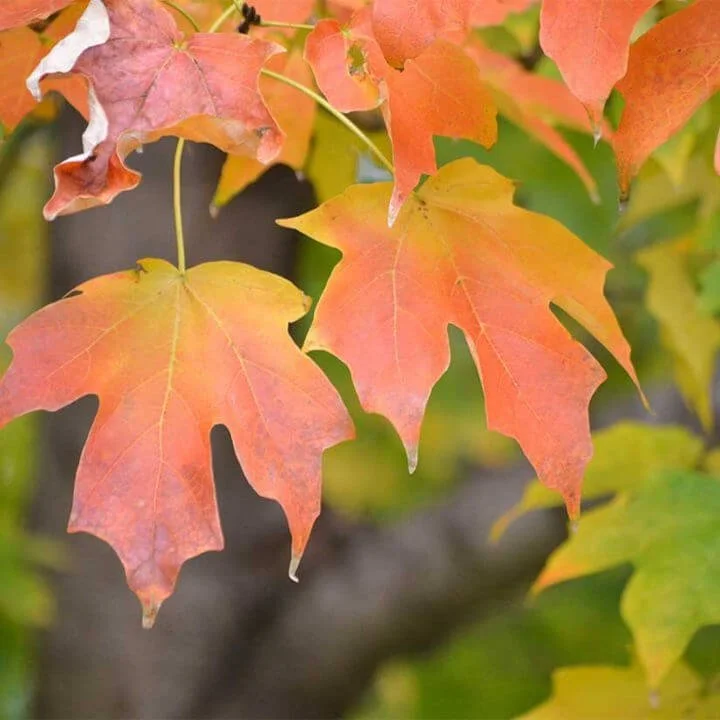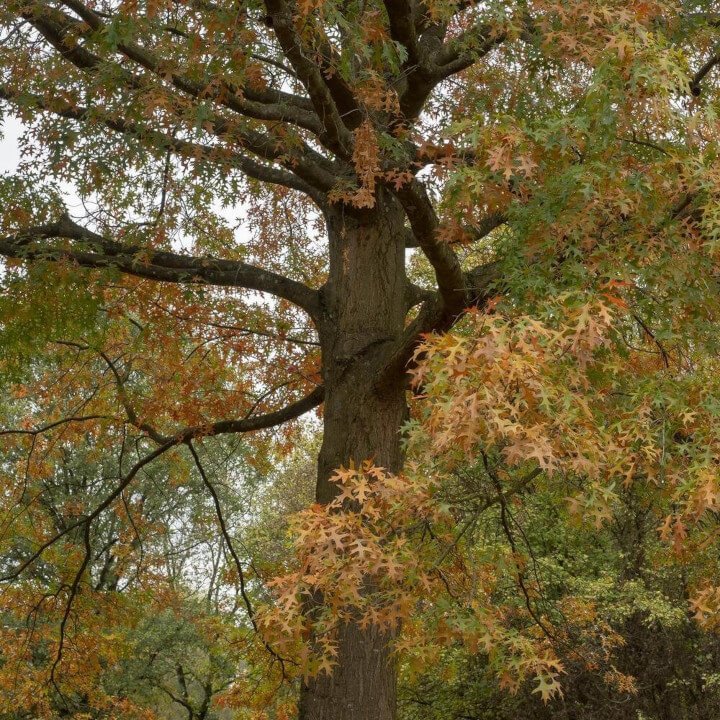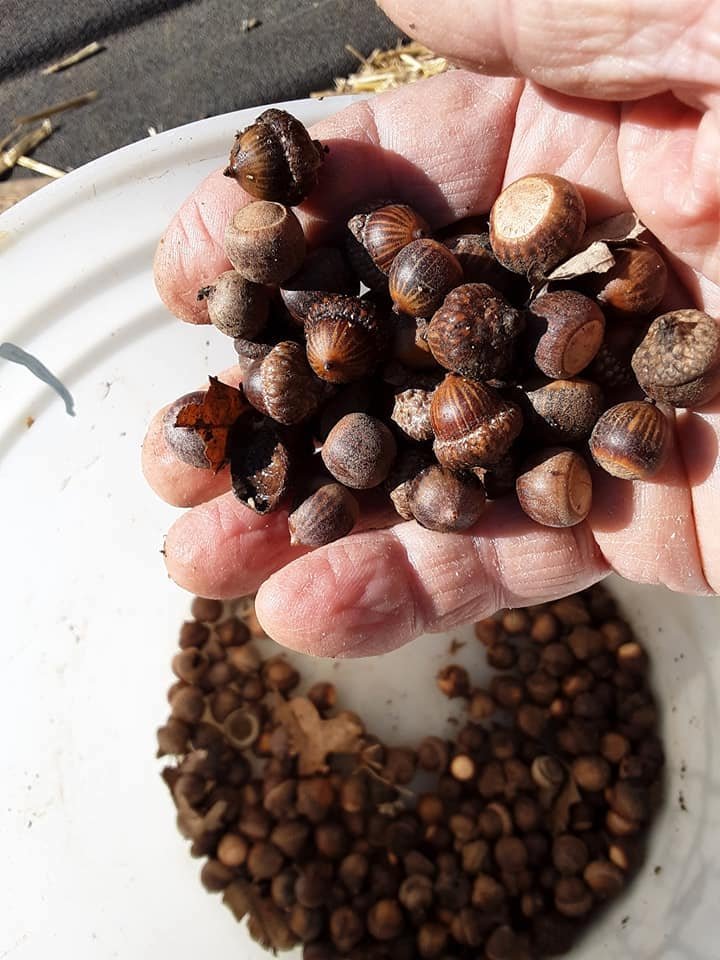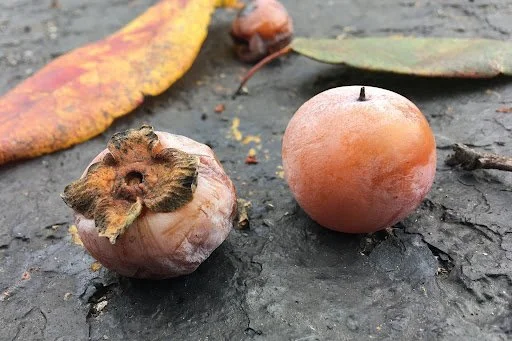The emerald ash borer (EAB) has had a serious effect on Nashville’s ash trees over the last several years since the invasive beetle was first spotted in Davidson County in 2014. This year, in 2023, it has become more apparent how devastating that effect has been. Although some precautions can be taken to manage surviving trees, the emerald ash borer’s damage is real and ongoing.
Read MoreOne of the more common tree diseases you might see on your oak, sycamore, or elm is bacterial leaf scorch. The symptoms of this infection are most noticeable towards the end of summer and beginning of fall throughout the southern and eastern US, and it may be mistaken for a lack of water because it shows up on the leaves of infected trees as crispy, brown edges. This is because the bacteria affects the tree’s ability to process water, which starves the extremities. Here, we’ll go over how bacterial leaf scorch is spread, how to identify it, and what can be done to control an infection.
Read MoreMaple trees are loved for many reasons: their bushy canopies provide lots of shade in the summer, they are sturdy trees, and their iconic leaves offer a show in a range of colors throughout autumn. However, a maple isn’t just a maple! There are many varieties of maple trees out there, each with a distinctive character. Here, we’ll profile some of the most common species of maple that you may find across Nashville.
Read MoreOne of the most beloved and common trees in Tennessee is the tulip poplar—so much so that it is the state tree! This poplar is so popular, in fact, that it’s the State tree for two others: Kentucky and Indiana.
Read MoreThe trees in our yards both beautify the space and make the environment healthier, but they can also produce delicious fruits for us to enjoy! A fruit tree performs many of the same functions that other trees do, like stabilizing the soil, casting shade in its vicinity, and providing habitat for pollinators.
Read MoreThe type of soil in your yard makes a big difference in what kind of plants and trees are able to grow. Soil varies in how well it drains, which nutrients are present and available, and how acidic or alkaline it is. The properties of soil vary greatly depending on their location and the types of greenery that are there, meaning it can even vary from yard to yard. When it comes to the soil in our yards, there are lots of things we can do to encourage good-quality soil that nurtures trees to grow big and strong.
Read MoreTrees are an effective public health resource that not only improve environmental health but the health of individuals and communities as well. By filtering the air and releasing oxygen, trees play a major role in keeping local air breathable, particularly in cities where pollution can be concentrated. In the worst of cases, poor air quality can restrict people from spending time outdoors or result in long-term health conditions like asthma or other diseases. Reducing the amount of pollution that’s released into the air is an important way to manage air quality, but planting and maintaining lots of tree-filled green space is just as important to the health of our communities.
Read MoreWhile the pin oak might seem like an average oak tree, it’s a great option for Nashville’s urban canopy, particularly because it’s native to Tennessee’s mild-to-warm and slightly humid climate. That preference is reflected in its scientific name, Quercus (oak) palustris (swamp or marsh), and its other common name, the swamp oak. This deciduous tree likes moist soils that are slightly acidic, which makes it a robust city tree since it can tolerate some pollution. Its unique leaves, fast growth rate, and native status make the pin oak tree an excellent landscaping choice for almost any Nashville yard.
Read MoreWe love the trees that line our neighborhood streets and stand tall in our yards, but when one of them falls over, it may have to be dealt with differently depending on where it lands. Part of your tree management strategy should include keeping an eye on the condition of trees in your yard, as well as those in your neighbors’ yards that are tall enough to reach your property, in anticipation that the winds of fate may blow in your direction. In this article, we’ll discuss how to minimize and deal with the damage, disruption, and potential conflict that may arise from a fallen tree in a neighborhood setting.
Read MoreKeeping trees in place is as important as planting new ones. Mature trees do much more work than young saplings can, and they are powerhouses of ecosystem services. While planting new trees is an exciting activity, there are many reasons to save healthy, established trees from being cut down. In this article, we’ll go over the nine main benefits of saving trees for our neighborhoods and our health.
Read MoreIn residential yards and the countryside alike, one of the most common and easily spotted trees in Tennessee is the American beech (Fagus grandifolia). The beech tree reaches across eastern North America, from the southern states to southeastern Canada. One of the main nut producers in hardwood forests, beech trees are in the same family as oaks and chestnuts, but the beech’s unique smooth bark and burr-like seed shells, along with its habit of holding on to its leaves throughout the winter, make this tree easily distinguishable.
Read MoreDigging a hole to plant a tree doesn’t seem very complicated, but it also isn’t as easy as you might think. The size and shape of a hole in the ground can affect how well a tree can extend its roots and establish itself, and if the planting is done wrong, the tree might not survive. To be sure that your sapling’s new home in the ground is prepared correctly, we’ll go over how to dig a hole for a tree that will result in the best long-term health and growth.
Read MoreIn the commotion of spring planting, it might seem like you can plant anything and it will burst into growth, but the best time to plant trees is in the fall! That’s because tree roots are most active in the colder months of the year, which gives them time to settle into place and get ready to bud and bloom in the spring. Here, we’ll go over some light biology to explain why tree planting stands apart as a cool-season activity, as well as how to plant a tree for long-term success.
Read MoreAn essential aspect of how to plant a tree for long-term success is choosing the right location. Whether planting a seed or a sapling, choosing the location in your yard for a new tree is a strategic decision, and it will be based on a few criteria.
Read MoreWhen we think of planting a tree, we often imagine a sapling that’s already several feet tall with a root system ready to be set into the ground. However, even the biggest trees begin as a seed, and in some situations, planting a seed might be the preferable way to establish a new tree.
Read MoreLearn how the American elm tree, once more widespread than today, has recovered in hardiness and is making a comeback after being decimated by disease.
Read MoreLearn what steps you can take to help your tree go dormant this fall, make it through the winter, and wake up happy and healthy in spring.
Read MoreThere are many varieties of oak trees, resulting in an array of options when you’re choosing one or more to plant. Learn why an oak isn’t just an oak!
Read MoreIn certain tree species, male specimens may take on female characteristics under stressful conditions.
Read MoreRipe persimmons — those mushy, tart, orange delights — are falling in Middle Tennessee. Learn more about the native American Persimmon tree and its many benefits for pollinators and other wildlife.
Read More














